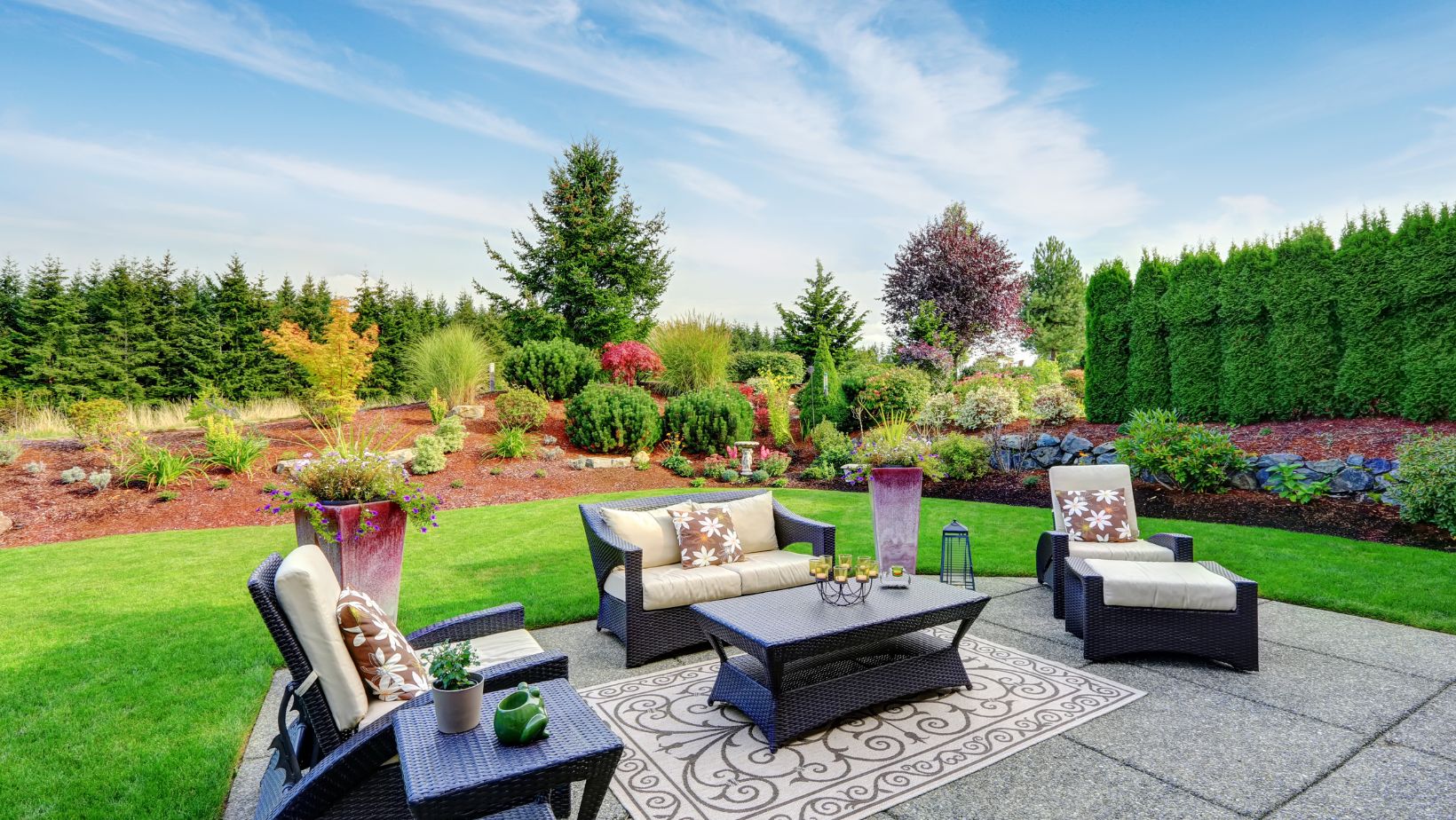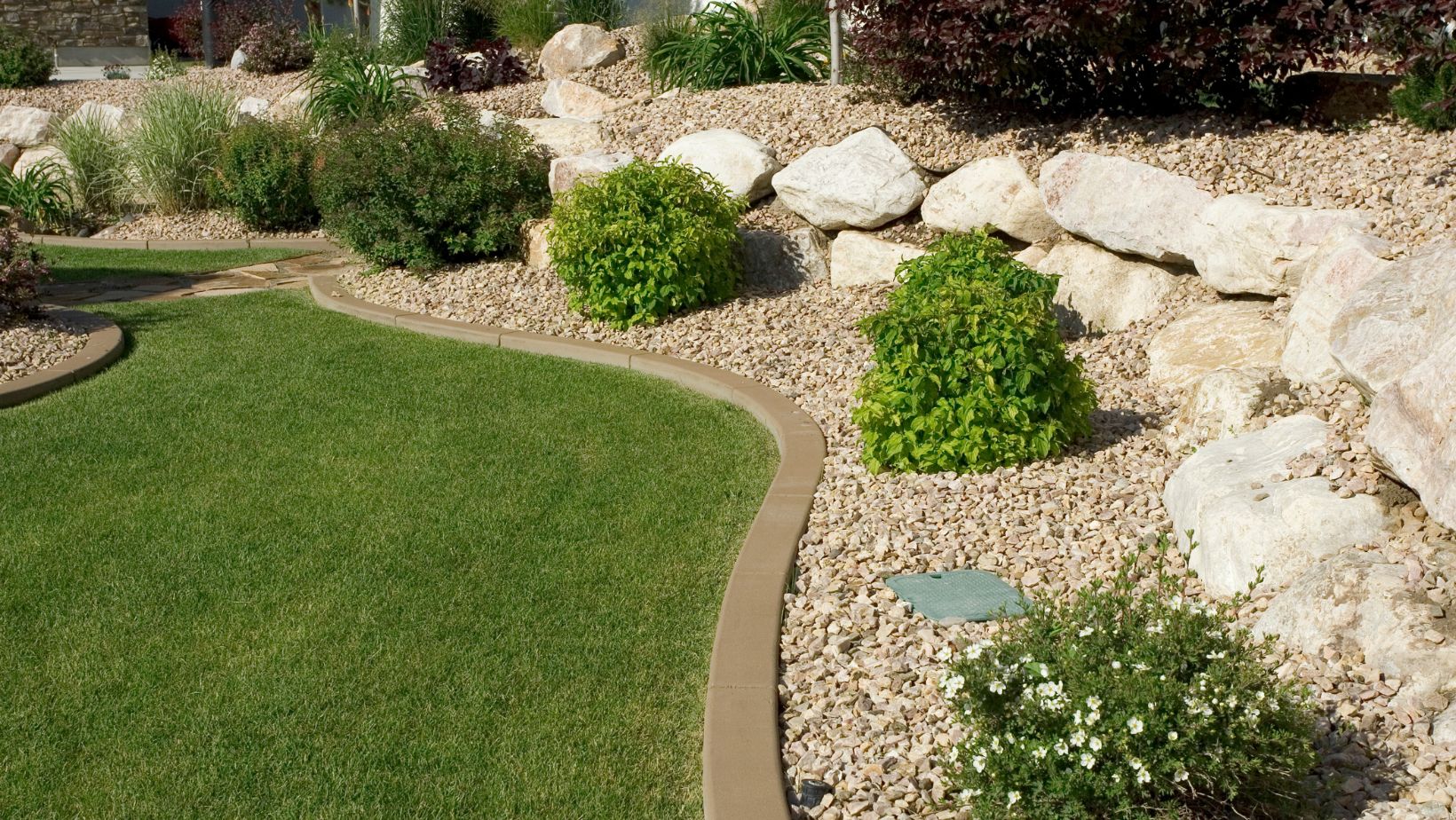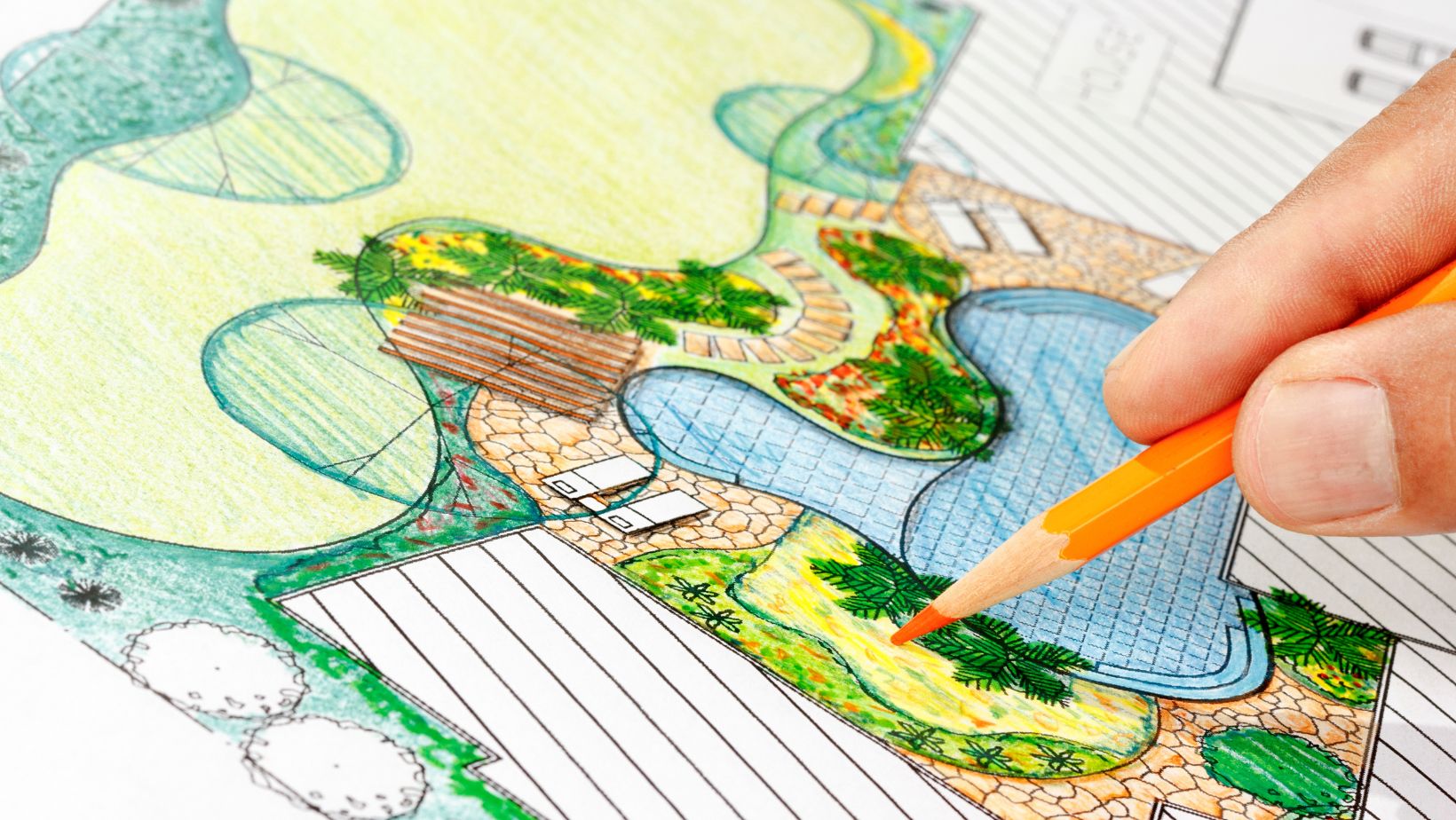
Landscape design is the thoughtful process of shaping outdoor spaces to bring together function, beauty, and sustainability. Whether applied to a home garden, commercial property, or public park, it creates environments where people can relax, gather, and connect with nature. It’s not just about placing plants around a yard—landscape design involves careful planning of everything from walkways and seating areas to plant selection and drainage. Done well, it enhances the usability of a space and increases its visual appeal throughout the year. We will explore how landscape design transforms ordinary spaces into meaningful, harmonious environments.
Ways Landscape Design Transforms Ordinary Spaces
Understanding the Purpose and Vision Behind Landscape Design
Every landscape begins with a purpose. The intent shapes the design, whether it’s a peaceful retreat for a homeowner, a welcoming entrance for a business, or a vibrant gathering place for a community. Landscape designers consider how people will move through and interact with the space. This includes identifying focal points, like a water feature or seating area, and balancing open areas with planted zones to encourage movement and stillness. Hardscape elements—such as patios, walkways, and retaining walls—must work harmoniously with natural features to provide structure without overpowering the greenery. Sun exposure, wind patterns, and slope of the land all play a role in shaping the final layout. Without a cohesive plan, a yard or open space can become a patchwork of disconnected features. With intentional design, however, everything fits together seamlessly, creating a comfortable and visually balanced landscape. Thoughtful planning ensures the space is functional and beautiful every season, allowing homeowners or visitors to enjoy it without constantly adjusting or repairing it. Landscape design connects visual flow with practical use, turning blank spaces into cohesive outdoor environments with depth and character. For those seeking inspiration and guidance, the landscape design center at Drake’s 7 Dees offers a hands-on environment where creative ideas and functional solutions come together. A well-chosen accent like wrought iron window boxes can introduce timeless charm and architectural interest to exterior walls, enhancing the overall cohesiveness of a landscape design.
The Role of Plant Selection in Bringing a Design to Life
Plants are one of landscape design’s most dynamic and expressive components. Choosing the right combination of trees, shrubs, flowers, and groundcovers helps define a space’s mood, structure, and seasonal rhythm. Beyond color and texture, plant selection must consider climate conditions, soil type, and maintenance requirements. A garden filled with lush, tropical plants might flourish in one region but struggle in another. Understanding local growing conditions is vital when choosing what to plant. Designers often layer plants by height and growth habit, placing taller trees or shrubs in the background, medium-sized elements in the middle, and smaller groundcovers or flowering plants in front. This layering adds depth and ensures each component has room to grow without overwhelming its neighbors. Evergreens provide year-round interest, while deciduous trees and seasonal blooms keep the space evolving. Well-placed plantings can also serve practical purposes, such as providing privacy, blocking wind, or shading certain areas.

Some designers incorporate native plants to support local ecosystems, attract pollinators, and reduce irrigation needs. While color and beauty are essential, plants also form the backbone of a living landscape—rooted, adaptable, and constantly changing. Their presence adds a sense of softness and movement that man-made structures can’t replicate, making them a cornerstone of successful design.
Balancing Hardscape Features and Natural Elements
While plants form the heart of the landscape, hardscapes create the foundation that holds everything together. The design’s built elements—patios, pathways, retaining walls, fences, and more—shape the physical experience of moving through the space. Hardscapes provide structure and function, guiding foot traffic, creating level areas on uneven ground, and dividing spaces for different uses. They are essential for defining zones within a yard, such as an outdoor dining area, a fire pit, or a shaded retreat under a pergola. Materials like stone, brick, wood, and gravel are chosen for durability and to complement the natural features around them. Smooth walkways might contrast with the soft textures of surrounding plants, while a rustic stone wall can ground the design with earthy tones. Drainage considerations are also part of the hardscape planning, with features like permeable pavers or swales used to manage water flow and prevent erosion. A well-designed landscape integrates hardscape and softscape seamlessly, avoiding the look of a yard filled with disconnected features. Instead, each element supports the overall vision, encouraging comfort, utility, and visual unity. The most inviting outdoor spaces are those where materials and plants work together to create a rhythm and flow that feels intentional yet natural.
Creating Outdoor Spaces That Evolve Over Time
A successful landscape design doesn’t just look good on the day it’s installed—it continues to grow and adapt as the seasons change and plants mature. That means planning for the future is just as crucial as addressing immediate needs. Designers consider how trees grow, pathways weather, and how different elements interact over time. Selecting plants with staggered bloom times or including evergreens ensures that there is visual interest throughout the year, not just in a single season. Maintenance is also considered during the design process. A low-maintenance garden with drought-tolerant plants and automated irrigation systems may suit a busy homeowner, while another might want a landscape that changes constantly and invites daily care. Outdoor spaces designed with growth in mind offer flexibility. As a family expands or needs change, areas can be repurposed—from a play area for children to a quiet reading nook or a vegetable garden. The ability to evolve makes a landscape a backdrop for life and a part of life itself. It adapts, transforms, and becomes more meaningful with time. Rather than being static, the landscape becomes a living, breathing environment that continues to inspire and reflect its inhabitants.

Landscape design is about more than planting flowers or installing stone paths. It’s a creative and thoughtful approach to shaping outdoor spaces that are functional, inviting, and sustainable. Blending natural elements with structural components and planning for both immediate impact and long-term growth transforms ordinary land into a place of purpose and beauty. Whether for personal use or public enjoyment, landscape design brings people closer to nature while enhancing the value and enjoyment of the space around them. A well-designed landscape is not just something to look at—it’s something to live in.